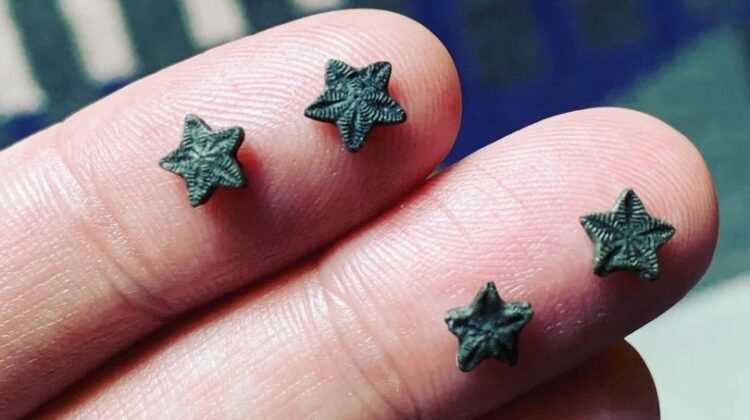
You can hunt down the tiny star stone fossils on beaches and around rivers in the UK without paying a penny – it’s a great way to entertain kids during the holidays
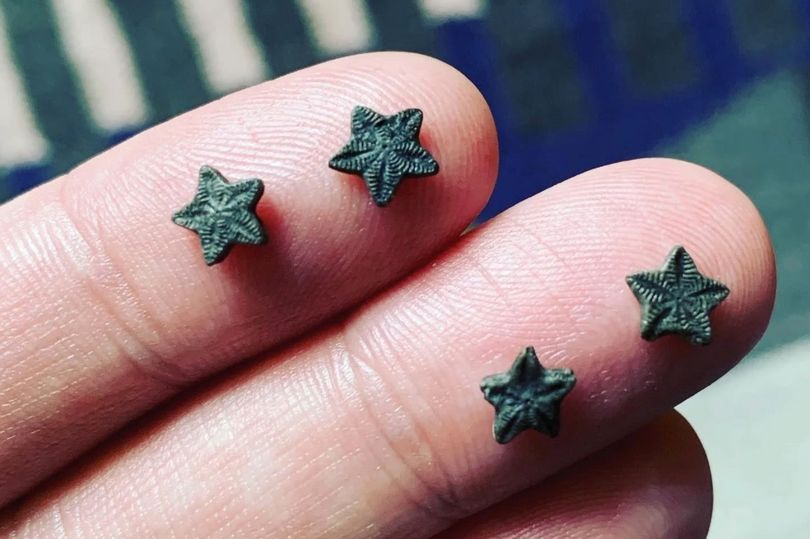
It’s the summer holidays for school children in the UK, which means parents are busy coming up with activities to entertain their little ones.
Well, if you’re quickly running out of steam – or money for expensive trips and days out – then this activity could be perfect for you.
Your kids will especially love it if they’re fans of geo-caching!
As it turns out, the UK’s rivers and beaches are filled with a very special type of fossil called “crinoids” also commonly called “star stones” due to their celestial appearance.
Little ones will love sifting through the river’s banks hunting down these tiny, naturally formed stars which were once thought to be coins used by fairies. How magical!
Unfortunately, it’s now believed that the greenish, grey, yellow or blue stones are not the currency of magical creatures, but instead an especially interesting fossil.
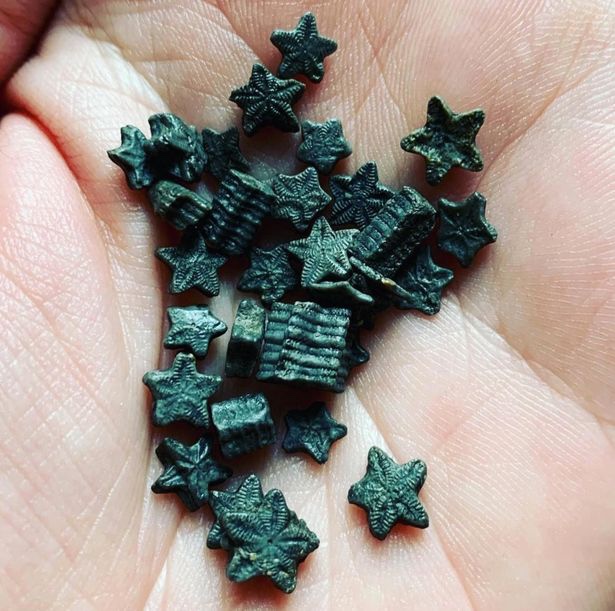
The stars are the fossilised remains of “sea lilies” which were not plants, but animals related to starfish and sea urchins.
Sea lilies have lived in the Earths oceans for millions of years and are still around in their living form today.
Charmouth.org reports: “They lived attached to the sea bed or to the underside of driftwood.
“The body consists of a long stem or stalk with the mouth, organs and five branching arms at the top.
The arms are covered with small, sticky tube feet that the animal uses to catch tiny plants and animals (plankton) that drift along in the sea.
“The stems are star-shaped in cross section which tells us that they are related to starfish.
“Crinoids stems were like a stack of star-shaped polos, with the soft tissue and nerves running up the middle of the stem. Look for crinoid in amongst the shingle, either as loose stems or as grey blocks with white stars on them!”
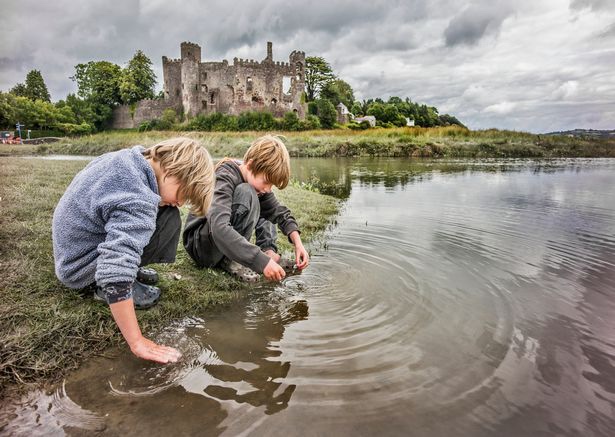
Just make sure that you keep an eye on your children around water and check on local websites for warnings about fast water, rip tides and other dangers.
That was you can keep your kiddos safe while they hunt for the gorgeous little rocks.
Over on Reddit, a poster shared a snap of some tiny star stones he found by a river, and said: “Crinoid fossils can be found in UK rivers and were once thought to be fairy coins.
“Sometimes called ‘star stones’, they were also said to bring victory over your enemies.”
And, the post quickly went viral with over 2,400 people liking the post.
A commenter added: “They’re commonly found on the coast too. I found loads at Robin Hood’s bay.
“Have you seen what they looked like when alive? Similar to sea lilies alive today. The star shape is a cross section of the body, which was like a stretched out starfish with tentacles at the end.”
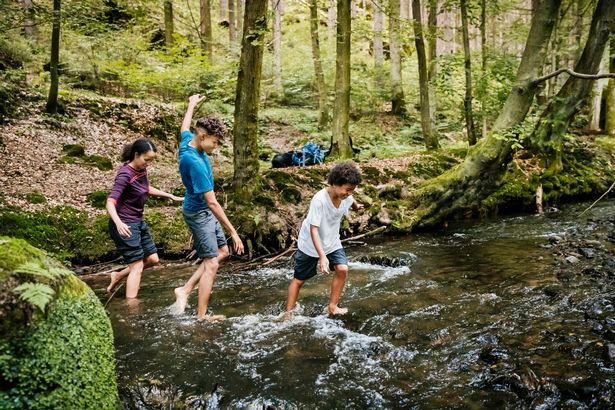
Another added: “Oh I love these! They’re definitely fairy coins and nothing can persuade me otherwise.”
While a third added; “I found some of these as a kid. They are so beautiful.
“Yours are an incredible green colour. The ones I found were pale blue grey.”
Places where star stones can commonly be found include the Jurassic coast, especially Charmouth, as well as Eastbourne, Howick, Thornecombe beach and Tidmoor Point.
Check out ukfossils.co.uk for more locations.
And for more stories from the Daily Star, sign up to o ne of our newsletters here.

Leave a Reply